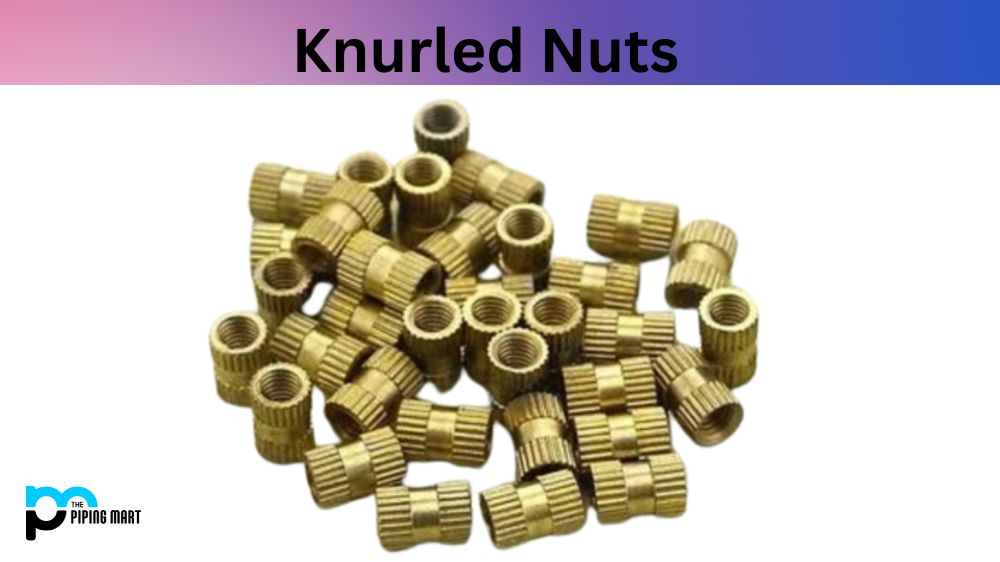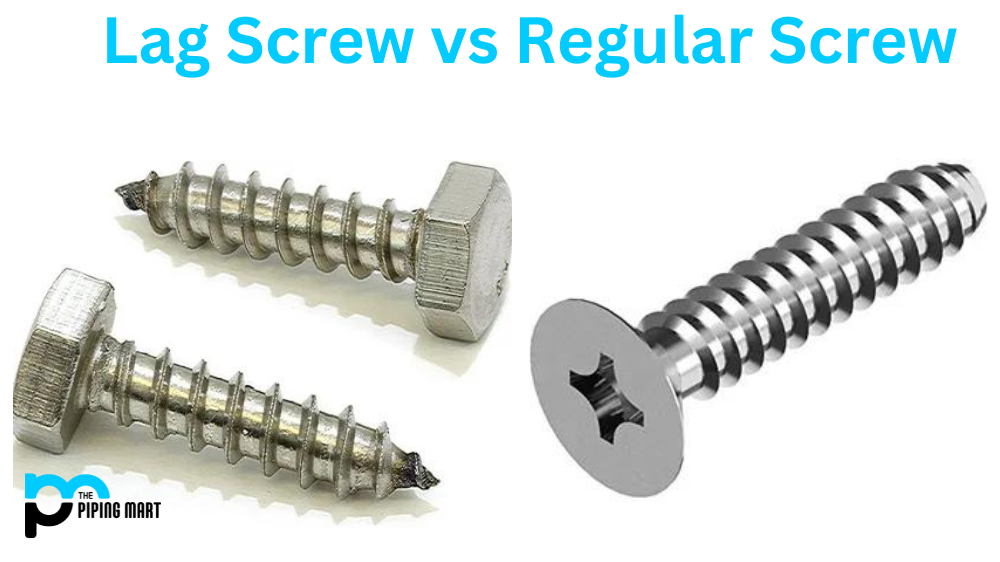You may have encountered a knurled nut if you work with machinery or mechanical devices. This type of fastener is very common in the industrial and manufacturing world, but many people outside of those fields might need to learn exactly what a knurled nut is. This blog post will explore what knurled nuts are, their properties, uses, and applications.
What is Knurled Nut?
A knurled nut is a fastener with a textured surface on its outer circumference. The surface texture resembles a diamond pattern or a crosshatch pattern. The texture on the nut provides a better grip and makes it easier to tighten or loosen by hand, even if your hands are wet or oily. The texture can be created using a knurling tool with diamond-shaped or straight teeth, or it can be molded into the nut during manufacturing.
Knurled Nuts Properties:
The knurled texture on the nut provides a more secure grip that makes it easier to install and remove by hand. The textured surface also increases the friction between the nut and its fastening surface. Additionally, some knurled nuts have a locking feature that prevents them from coming loose due to vibration or other external forces. This locking feature can be achieved using a nylon insert or a metal insert that deforms when the nut is tightened, creating a tight interference fit.
Knurled Nuts Uses:
Knurled nuts are used in various applications where hand tightening or loosening is necessary. Some common uses include automotive, aerospace, and marine applications. They are also used in furniture, lighting fixtures, and machinery. The textured surface provides a better grip and improves safety by allowing users to tighten or loosen the nut without needing tools.
Knurled Nuts Applications:
Knurled nuts are used for various applications demanding a secure grip, and hand tightening or loosing is necessary. They are used in automotive and aerospace applications for holding overhead compartments, doors, and mounting brackets. Marine applications requiring a firm grip include dock lines, fender washers, and covers. In machinery, they are used in vibration-damping mounts, fasteners and locking mechanisms for better stability.
How to use a Knurled Nut
Using a knurled nut is easy. First, locate the knurled nut and ensure that the thread size matches the screw or bolt that it’s intended to hold. Then use a wrench or pliers to turn the knurled nut clockwise to tighten or counterclockwise to loosen the nut. The knurled surface provides a better grip, so it’s not necessary to apply a lot of force when tightening or loosening the nut.
Conclusion:
Knurled nuts are versatile fasteners that provide better grip and improved safety in various applications. They can be used in automotive, aerospace, marine, furniture, and machinery. The textured surface of knurled nuts provides a better grip for hand tightening, making them a preferred choice to achieve stability without needing tools. The locking feature of knurled nuts is an added advantage that provides a secure fastening against external forces. If you need a fastener that offers a secure grip and easy installation or removal, then a knurled nut may be the right choice.




